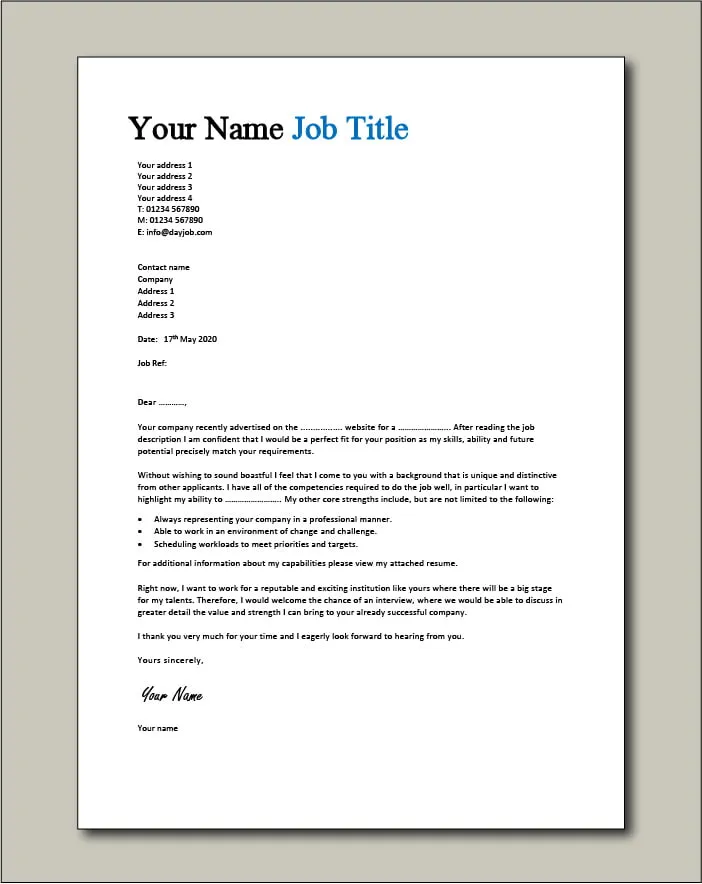Understanding the Importance of Cover Letter Templates
In today’s competitive job market, a well-crafted cover letter can be the differentiating factor that sets you apart. Cover letter templates provide a structured framework, allowing you to present your qualifications in an effective and compelling manner. They give you a significant advantage in your job search by ensuring you include all the essential information. These templates help maintain a professional tone and present your skills in a clear, concise format. Utilizing these templates not only saves time but also helps you to avoid common mistakes that can undermine your application. A compelling cover letter complements your CV, adding context and personality to your application, emphasizing your suitability for the role. Cover letter templates provide a solid foundation, helping you make the best impression.
Why Use Cover Letter Templates
There are many reasons to embrace cover letter templates when applying for jobs. A template serves as a starting point, providing a predefined structure that helps you organize your thoughts logically and efficiently. This is particularly beneficial if you’re unsure where to begin or how to structure your letter. They ensure you don’t miss crucial elements such as your contact information, the date, recipient details, an engaging introduction, a persuasive body, and a strong closing. These are all vital to a successful job application. Templates save time, which you can then use to tailor your letter to the specific job description. Templates provide a strategic advantage, increasing your chances of landing the job.
Benefits of Using a Template
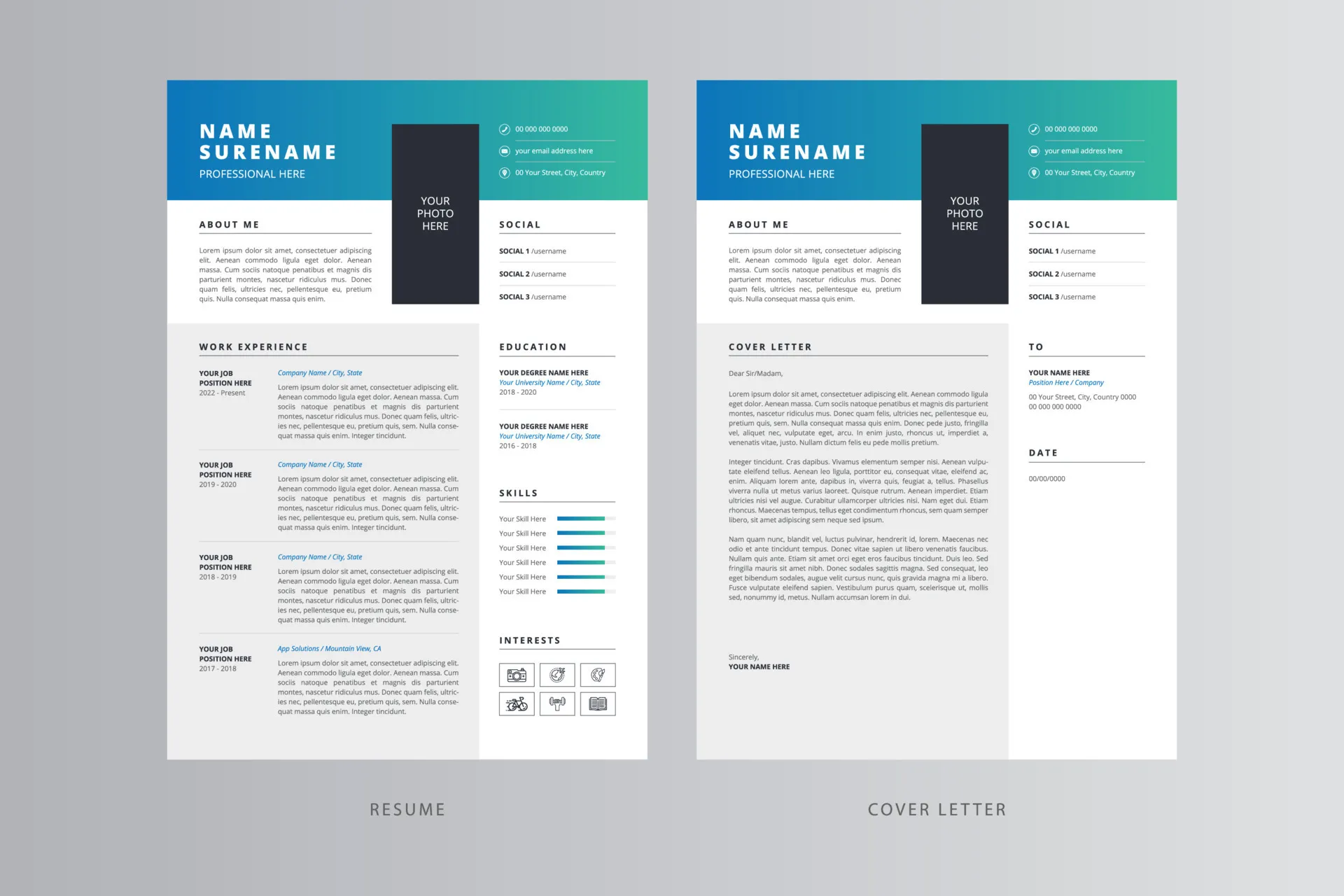
Cover letter templates offer several key benefits to streamline your job application process. First, templates provide a consistent format, which ensures your cover letter looks professional. This enhances readability and makes it easier for recruiters to quickly grasp your qualifications. Second, templates provide a guide, helping you include all the necessary sections, from contact information and an engaging introduction to a persuasive body and a strong closing. This reduces the risk of overlooking essential details. Third, templates save time, allowing you to focus on tailoring the content to each job application rather than starting from scratch. Fourth, using a template enables you to highlight the most relevant skills, increasing your chances of being noticed. Finally, templates often include examples of effective language, which you can adapt to help your application stand out.
Key Components of an Effective Cover Letter
A successful cover letter is more than just a formality; it’s a powerful tool that can significantly impact your job search. Several key components must be included. It should start with your contact information, followed by the date and the recipient’s details. A professional salutation that addresses the hiring manager by name is crucial. The body of your letter should highlight your skills and experience, demonstrating how they align with the job requirements. You should provide specific examples of your achievements and quantify your accomplishments when possible. Tailor your letter to each job, emphasizing the skills and experiences most relevant to the position. Express your enthusiasm for the role and the company. Finally, end with a clear and confident closing, reiterating your interest and inviting the employer to contact you. By including these elements, you improve your chances of landing the interview.
Your Contact Information
Your contact information goes at the top. This includes your full name, phone number, professional email address, and optionally, your LinkedIn profile or website URL. Make sure your email is professional and appropriate; avoid informal addresses. Consistency is key; ensure the contact information matches the details on your resume. This allows recruiters to quickly reach you if they are interested. Double-check all contact information for accuracy, as even a minor error can cause you to miss out on an opportunity. Keep this precise and up-to-date to ensure your application can be processed without delays.
Date and Recipient Information
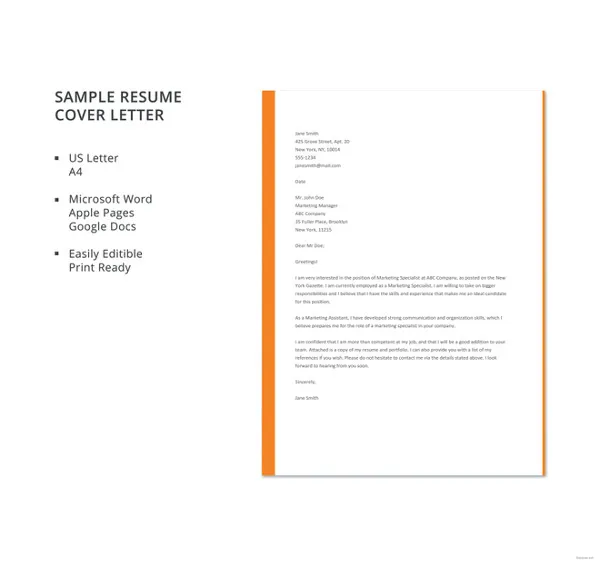
After your contact details, add the date and the recipient’s information. Include the current date, followed by the hiring manager’s name, title, the company name, and the company’s address. Using the hiring manager’s name personalizes your letter. If you can’t find their name, use a general title like ‘Hiring Manager.’ Ensure you spell the recipient’s name correctly. This attention to detail shows professionalism and respect. Proper formatting ensures the letter is easy to read and conveys your carefulness.
The Salutation
The salutation sets the tone for your cover letter. It’s best to address the hiring manager by name. If you don’t know their name, use ‘Dear Hiring Manager’ or ‘Dear [Department Name] Team.’ Avoid generic greetings like ‘To Whom It May Concern.’ Using the hiring manager’s name personalizes your letter and grabs attention. Make sure to spell the name correctly and use the appropriate title. A well-chosen salutation demonstrates you have done your research and want to make a positive first impression. A well-crafted salutation begins a strong first impression.
The Body Paragraphs
The body of your cover letter is where you showcase your qualifications and make your case for why you’re the perfect fit. Start with a compelling introduction that grabs the reader’s attention and states the position you’re applying for. Provide specific examples of your skills and experiences that align with the job requirements. Highlight your achievements and quantify your accomplishments whenever possible. Focus on the impact you made in previous roles. Show how your experience has prepared you and what you can bring to the company. Keep the paragraphs concise, using clear and professional language. Tailor your letter to each job, emphasizing the most relevant skills. Addressing each point thoughtfully makes it easier to get noticed.
Highlighting Your Skills and Experience
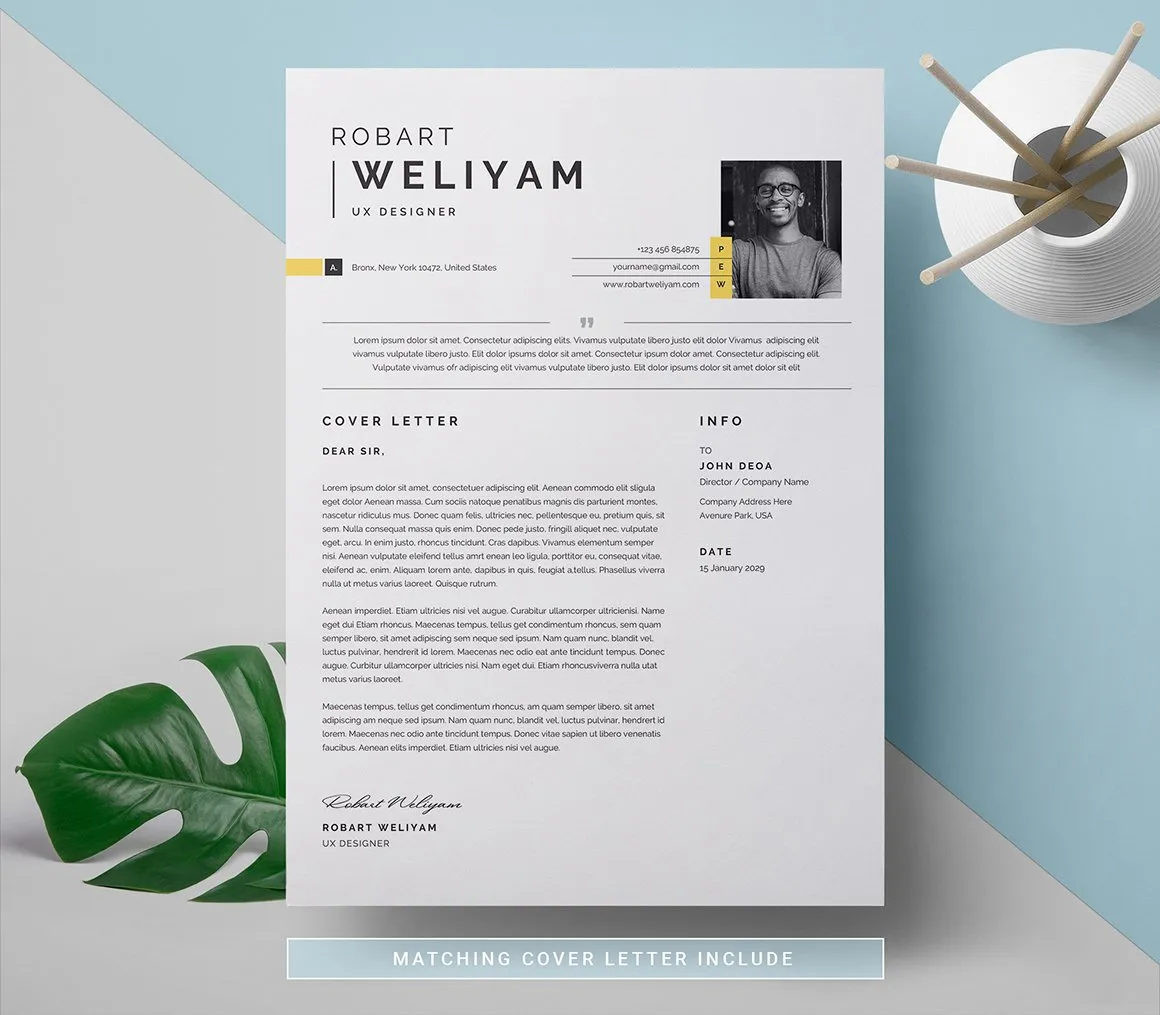
In the body paragraphs, strategically highlight your skills and experiences. Identify the key skills and experiences in the job description. Provide specific examples from your past roles demonstrating these skills. Use the STAR method (Situation, Task, Action, Result) to structure your examples. Quantify your achievements whenever possible; for example, “Increased sales by 15%”. Tailor your examples to the specific job and company. By focusing on the most relevant parts of your background, you will enhance your cover letter and increase the chance of an interview.
Tailoring Your Letter to the Job
Customizing your cover letter for each application is essential. Begin by reviewing the job description and identifying key requirements. Align your skills and experiences with these, highlighting relevant examples. Research the company and mention their values. Use the same keywords from the job description. Avoid sending generic cover letters. Personalize your letter by addressing the hiring manager by name and expressing your enthusiasm. A tailored cover letter shows you are genuinely interested.
Expressing Your Enthusiasm
Expressing enthusiasm for the job and company is crucial. State your interest and explain why you are excited. Show that you have researched the company. Describe how your skills align with the company’s needs. Mention aspects of the role that appeal to you. Use positive language and a confident tone. Expressing enthusiasm makes you stand out and demonstrates your desire to join the team.
The Closing
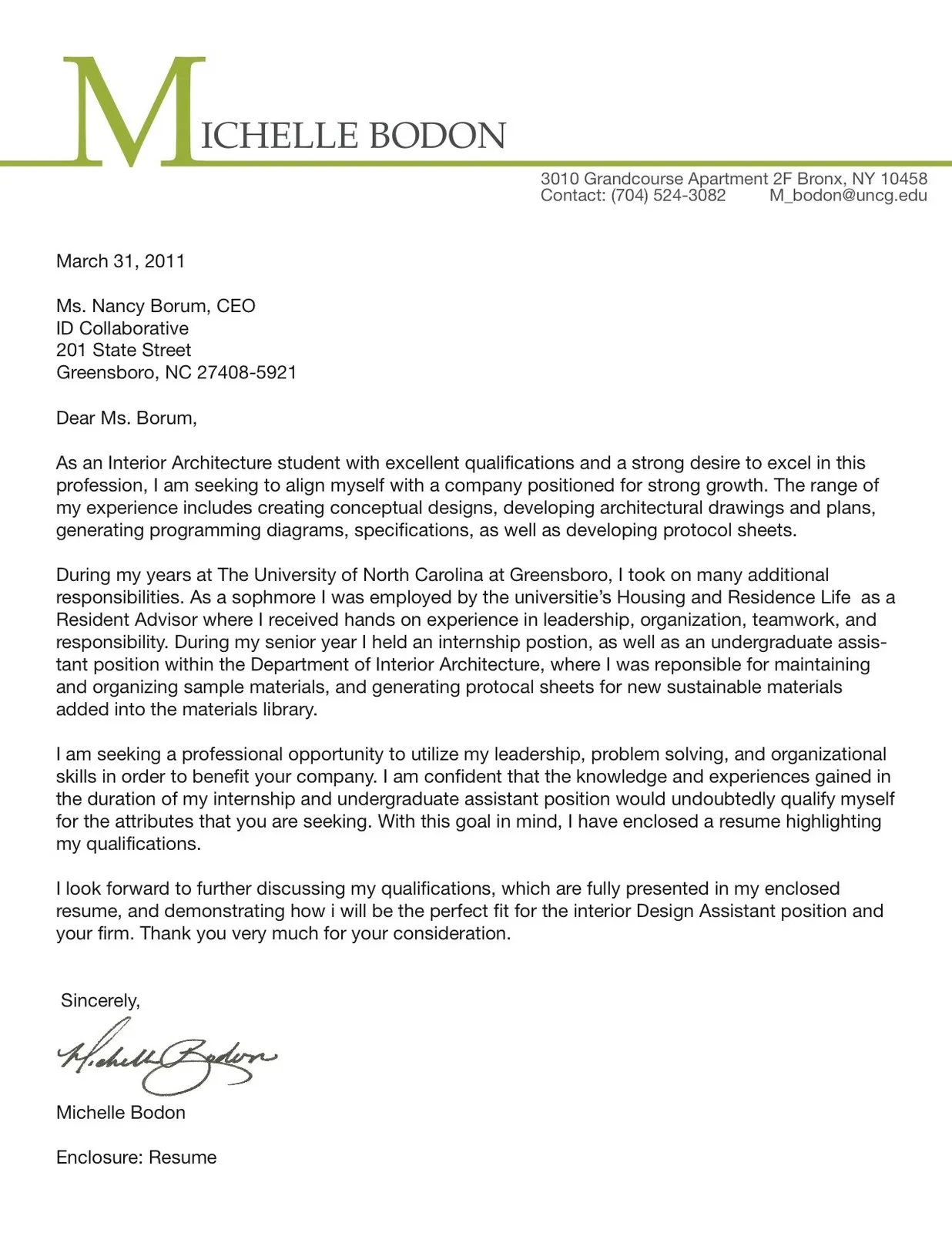
The closing should reinforce your interest and encourage the next step. Start with a concise statement reiterating your interest. Reiterate that your skills align with the job. Thank the hiring manager for their time. Include a call to action, such as ‘I look forward to hearing from you’. End with a professional closing like ‘Sincerely,’ followed by your full name. Proofread the entire letter to ensure there are no errors. A strong closing leaves a positive impression.
Common Cover Letter Template Formats
Several standard cover letter template formats can help you organize your thoughts. The best format depends on your experience and the specific job. Understanding these formats will let you make a good choice.
Chronological Format
The chronological format emphasizes your work history, presenting your experience in reverse chronological order. This format is ideal if you have a consistent work history and want to highlight your career progression. Include your contact information, the date, and the recipient’s details. Describe your previous roles and responsibilities, highlighting your achievements. It’s easy for recruiters to read and best suited for those with a strong employment history. This shows growth and progression.
Functional Format

The functional format focuses on your skills rather than your work history. This is a great choice if you have gaps in your employment. Instead of detailing your employment history, the functional format emphasizes your key skills. For each skill, provide specific examples of how you have used them. This format is flexible, letting you highlight the abilities most relevant to the job. It’s best suited for job seekers with limited work experience or who are changing careers.
Combination Format
The combination format integrates the best elements of the chronological and functional formats. It begins by highlighting your key skills. It then provides a brief overview of your work history. This format is useful if you want to emphasize both your skills and experience. It includes essential information about both your abilities and your work history. This format is comprehensive and a good choice for most job seekers.
Tips for Customizing Cover Letter Templates
Customizing cover letter templates is key to making your application stand out. Select a template that suits your experience. Replace the placeholder text with your details. Tailor the content to match the job description. Quantify your achievements. Adjust the tone and language of the letter to match the company’s culture. Proofread your letter carefully. A well-customized cover letter significantly increases your chances of an interview.
Choosing the Right Template
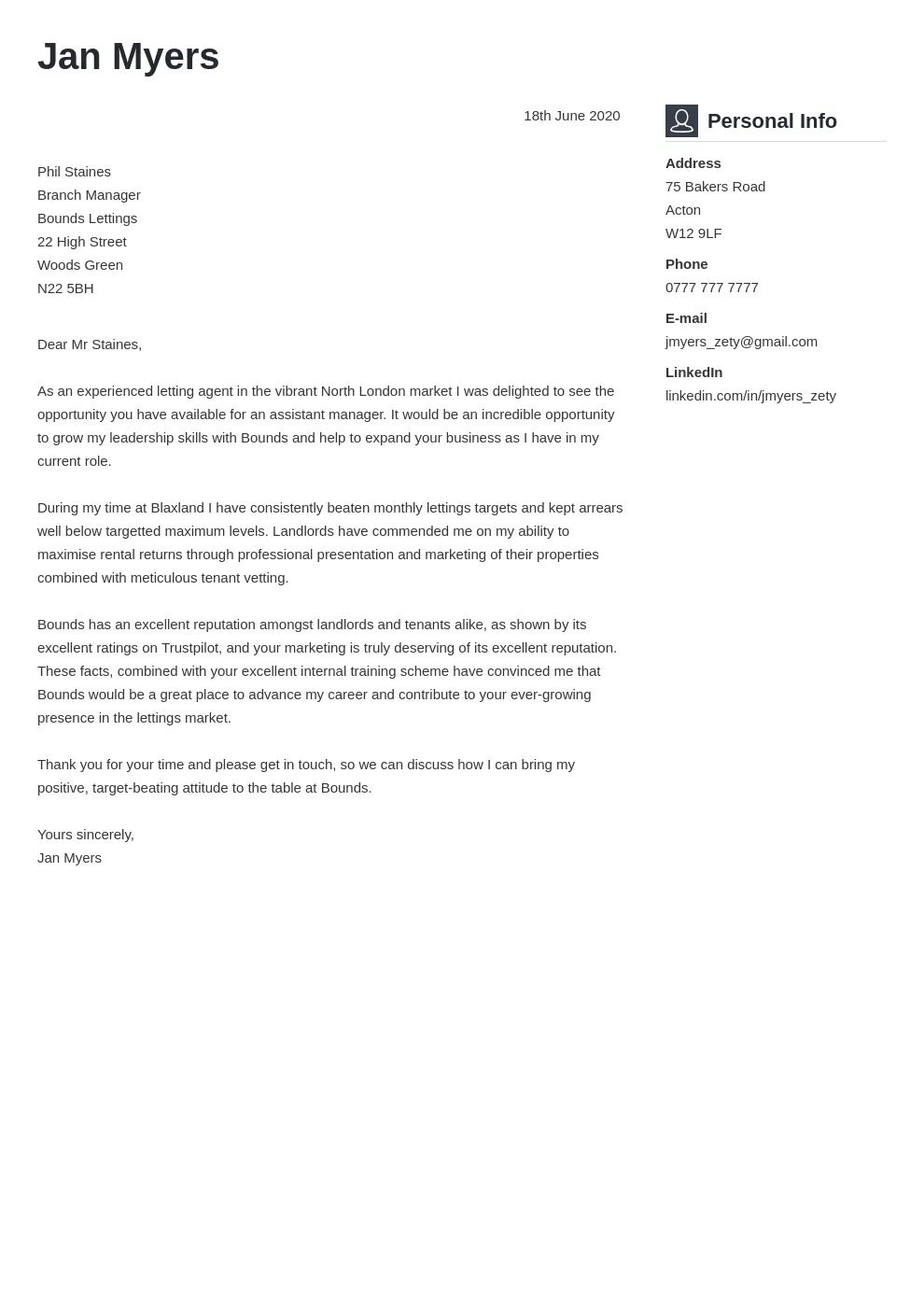
Select a template that aligns with your industry and the job’s requirements. Choose a template that lets you highlight relevant skills. Ensure that the layout is easy to read. If the job requires a formal tone, opt for a classic template. For creative roles, you can use a modern template. Think about the impression you want to make when selecting a template. It should be clean, professional, and easy to customize. You’ll make the best impression by choosing the correct template.
Personalizing Your Cover Letter
Personalizing your cover letter is essential. Start by addressing the hiring manager by name. Tailor the content to match the job description. Highlight your achievements and quantify your accomplishments. Use the same keywords and phrases used in the job description. Show that you understand the company’s needs. Proofread carefully. A personalized cover letter shows you’ve invested time and effort.
Proofreading and Editing
Proofreading and editing your cover letter are crucial to ensure that it is professional. Carefully review your letter for any errors. Check that all names and contact information are accurate. Ensure that the language is clear and concise. Read the letter aloud to catch any awkward phrasing. Consider having a friend or colleague review it. A well-proofread and edited cover letter enhances your credibility. This step is a necessary step for a good impression.
Resources for Cover Letter Templates
Many resources offer cover letter templates to help you create an effective application. Knowing where to look makes the process easier.
Free Template Websites
Several websites provide free cover letter templates, making it easy and cost-effective to get started. These sites offer a range of templates to suit different industries and job types. Some offer customizable templates you can download in formats like Microsoft Word or Google Docs. When using these resources, ensure that the templates are professional and meet your specific needs. Review the templates to ensure they include all necessary sections. Taking advantage of these free resources can save time and help you create a polished cover letter. Some sites include but are not limited to, Resume.io and Canva.
Paid Template Options
If you need more advanced features, consider paid cover letter templates. These offer premium designs and features and sometimes support or customization. Paid templates can provide a higher level of polish, helping you create a unique cover letter. Look for templates with the formatting and features you need. Consider the cost and whether the investment aligns with your job search goals. Make sure the templates are from reputable providers to ensure quality.
Conclusion
Cover letter templates are essential tools for job seekers. They provide a structured framework, save time, and ensure you include all the information. By using templates and customizing them, you increase your interview chances. Tailor your cover letter to each job, proofread carefully, and express your enthusiasm. By following these steps and using available resources, you can create a compelling cover letter and succeed in your job search. A well-crafted cover letter can be the key to landing your dream job.
